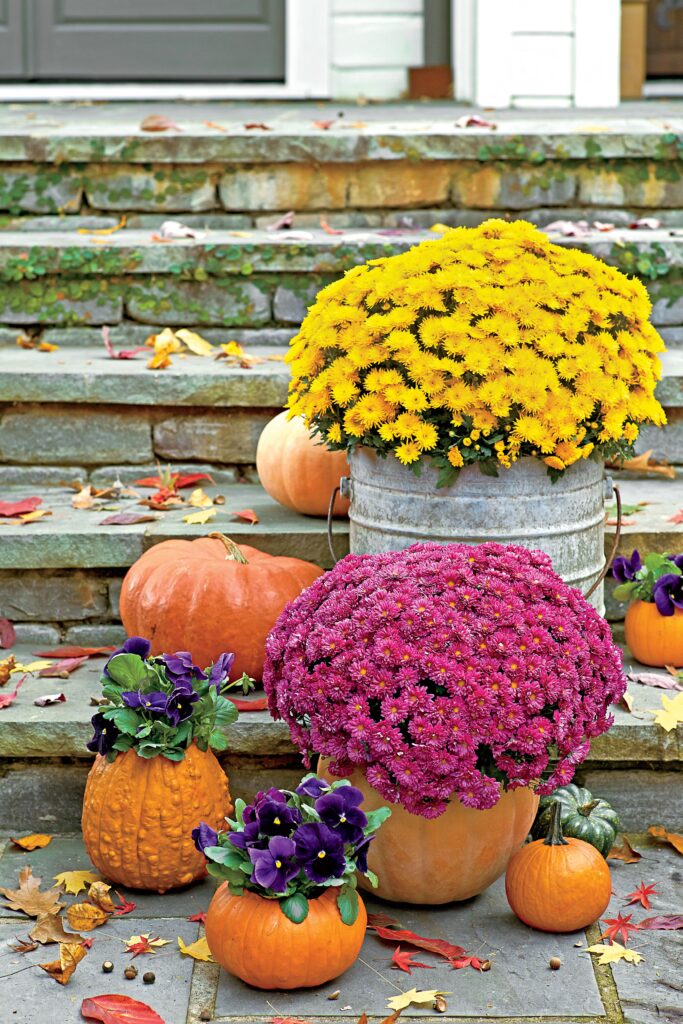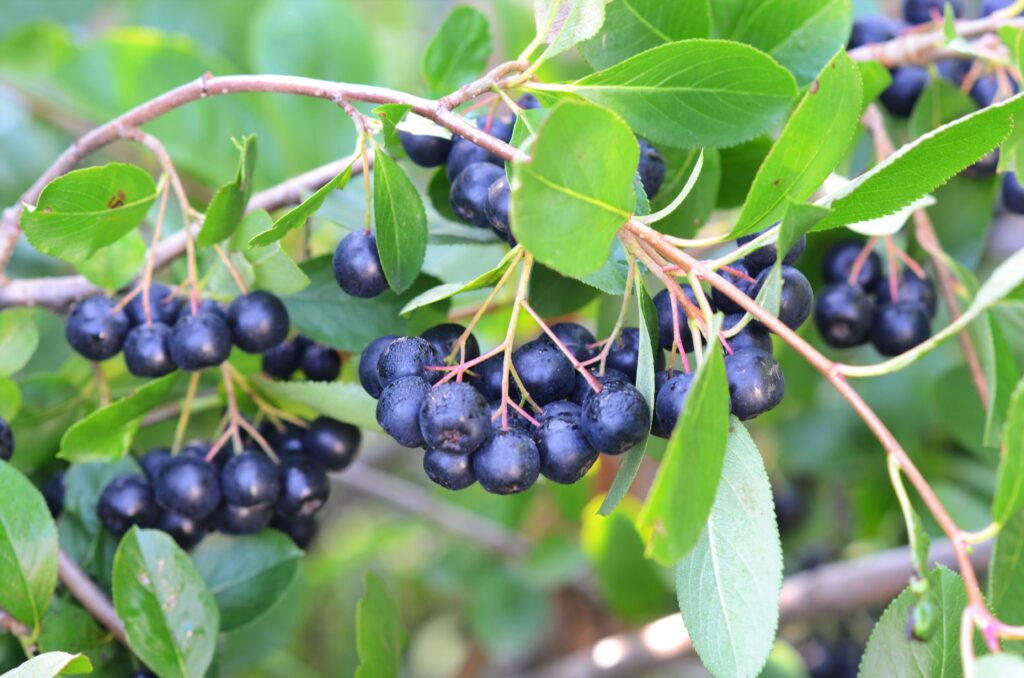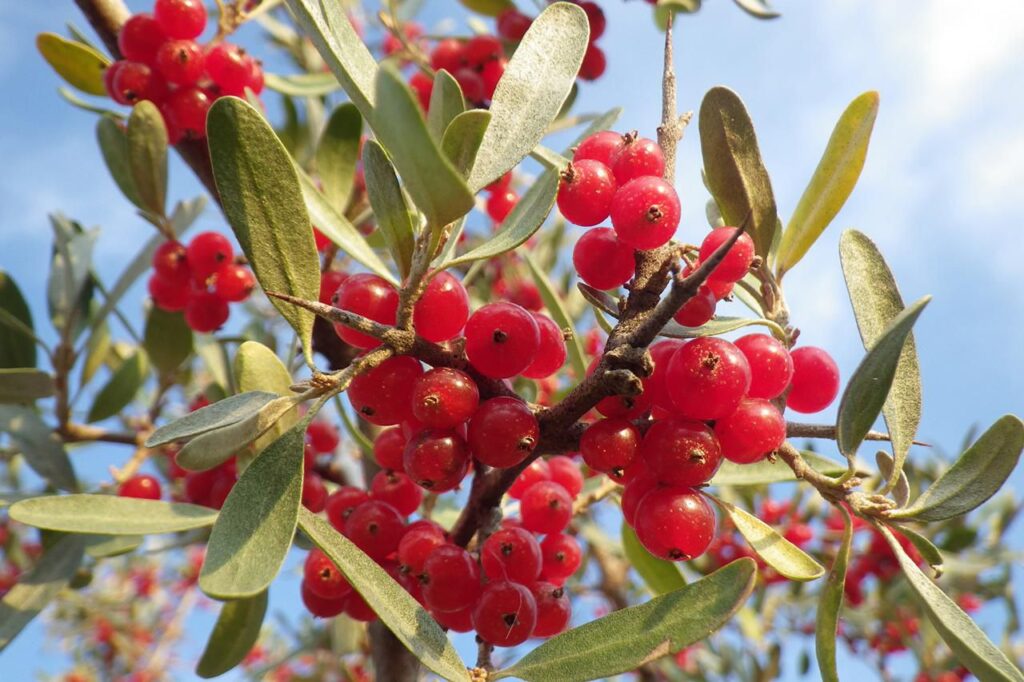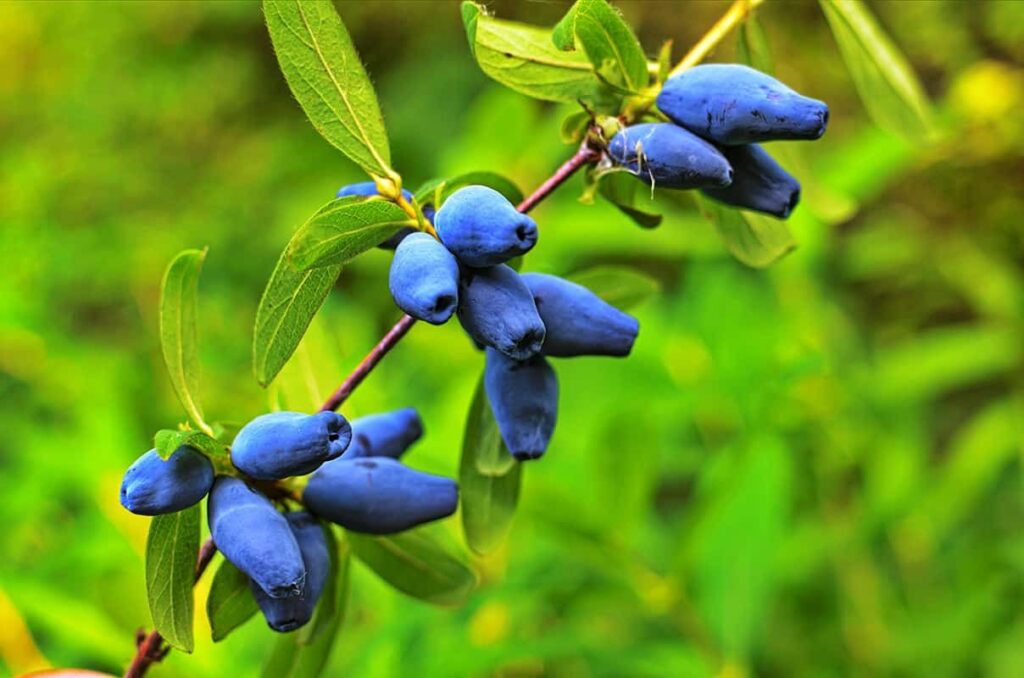Tent caterpillars are showing up this week in the garden. The eggs hatch and the little caterpillars spin a group web on the end of a branch. As they grow the tent becomes bigger. They do this for their protection from predators and weather. The caterpillars become larger brown-reddish moths later in the season. They like fruit trees along with others like poplars and willows. You can break the web with a stick to open it up to the birds or spray insecticidal soap into the web.

A lot of people are having trouble with bitter cucumbers. All cucumbers have a substance called cucurbitacin which makes them bitter detouring insects. Some varieties vary in the amount of this substance having a lot of this bred out. Also, hot and dry temperatures increase the cucurbitacin. This is why wild cucumbers are so bitter.
The time to spray weeds in the lawn is coming up in late September and October. Fall is a better time than spring because the food in the leaves is being sent down to the roots for the winter.
It used to be that it was recommended to cut grass shorter in the fall. Now the thinking is to keep the height the same as the summer. This allows the longer grass blade to produce more food to be sent down to the roots for better winter health.
Check your local nursery for fall-blooming plants like mums and asters. Slip these into a container of plants that are tired or just given up. Also, it is time to plant spring-blooming bulbs like tulips and daffodils.

If you are looking for native fruit to grow in the area, try chokecherry, buffaloberry, honeyberries, elderberry (make sure you cook the berries and not eat raw), Juneberry, or Aronia (serviceberry). There are others but SDSU has had success in growing these native fruits. Other favorites are gooseberry, raspberry, blackberry, mulberry, and Saskatoon berry. Just make sure the berries are ripe before picking and add some for the birds.



